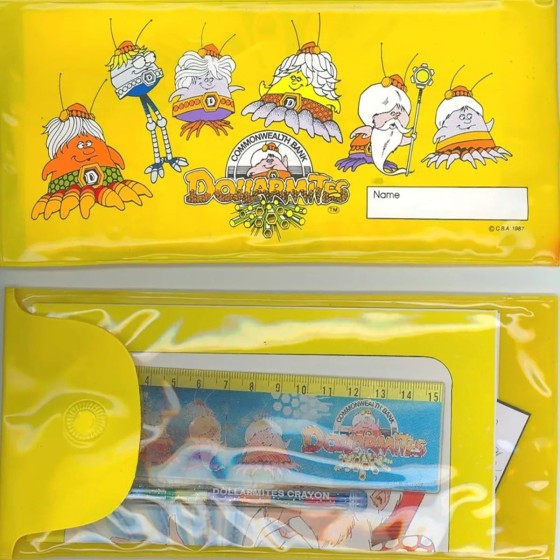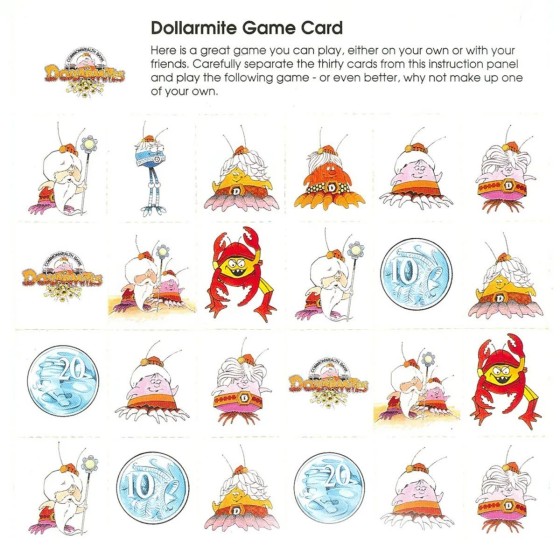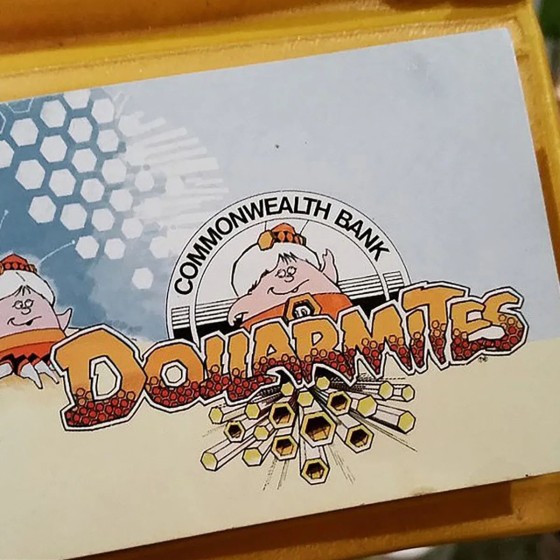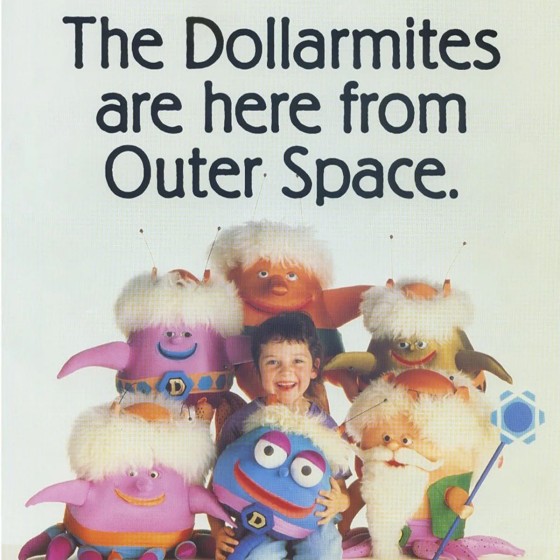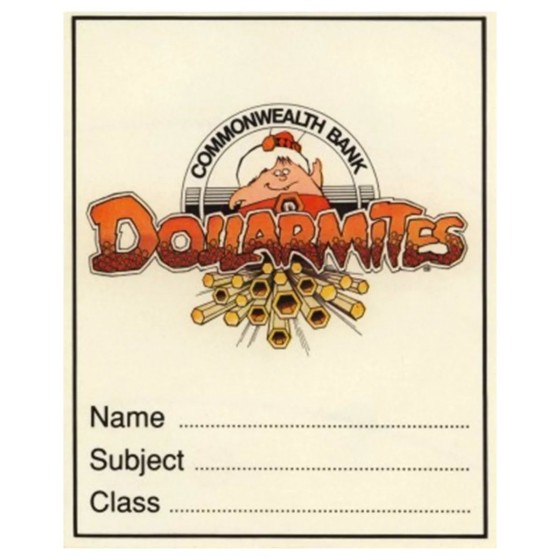There are benefits that came from the program, but the motivation grew commercial in its late life when the benefits of monopolising financial literacy in schools became clear. The program delivered an annual gross profit of $4.3 million, with the longer-term benefits in the billions. Westpac (and others) have had their own programs, but none saw the success of the program introduced by Commbank in 1931 (at a time when the bank was still Government owned).
While not illegal, the program was deemed unsuitable and unethical. Schools are capable of teaching financial and saving literacy without the involvement of an institution with fuzzy motivations (and staff paid volume-based bonuses on the number of kids they sign up). The questionable nature of the program is evidenced by credit card applications shortly after an 18th birthday - further solidifying the customer and introducing a pathway to debt which is in complete contrast to the program's early intent.
You don't want Ronald McDonald teaching your kids about nutrition (despite their efforts to do precisely that), and nor do we want banks interfering with proper, unbiased, and commercially-driven banks.
The best think a bank can do is supply money-boxes to schools, and we don't see enough of it from banks and brokers (we have enough caps and pens).


